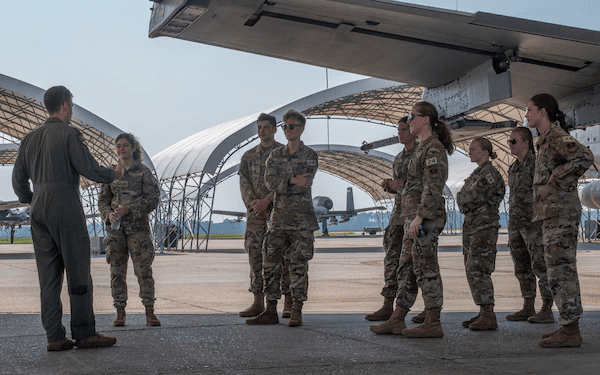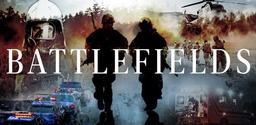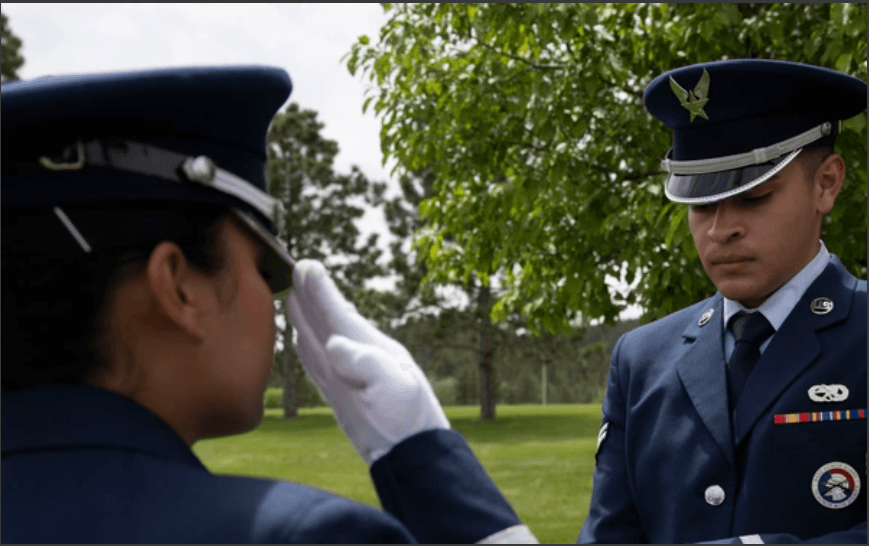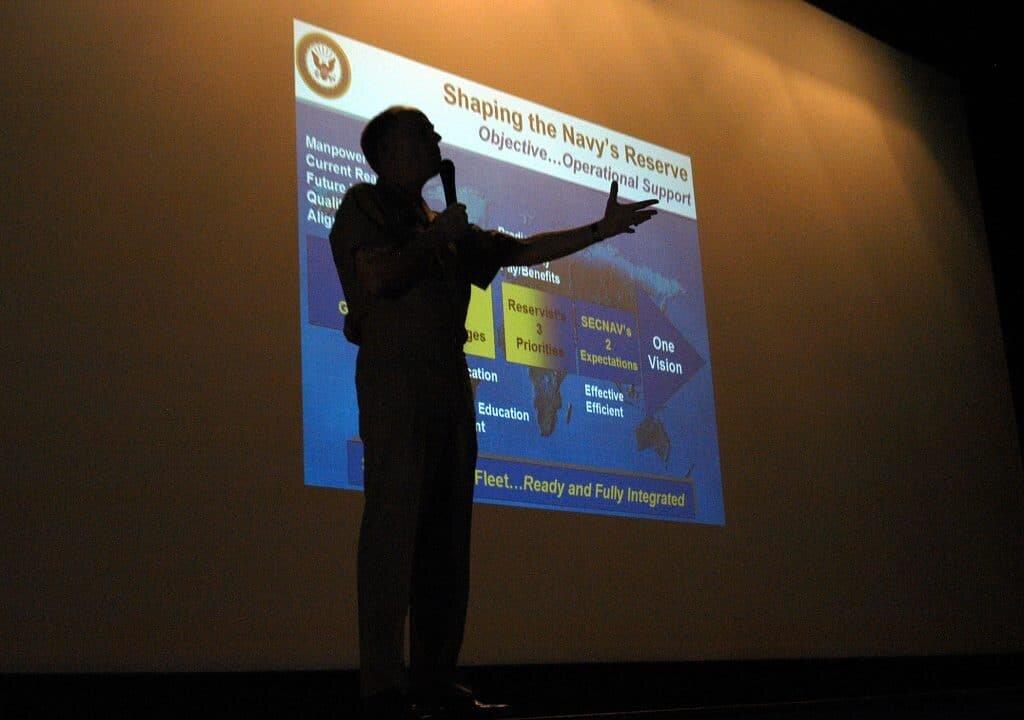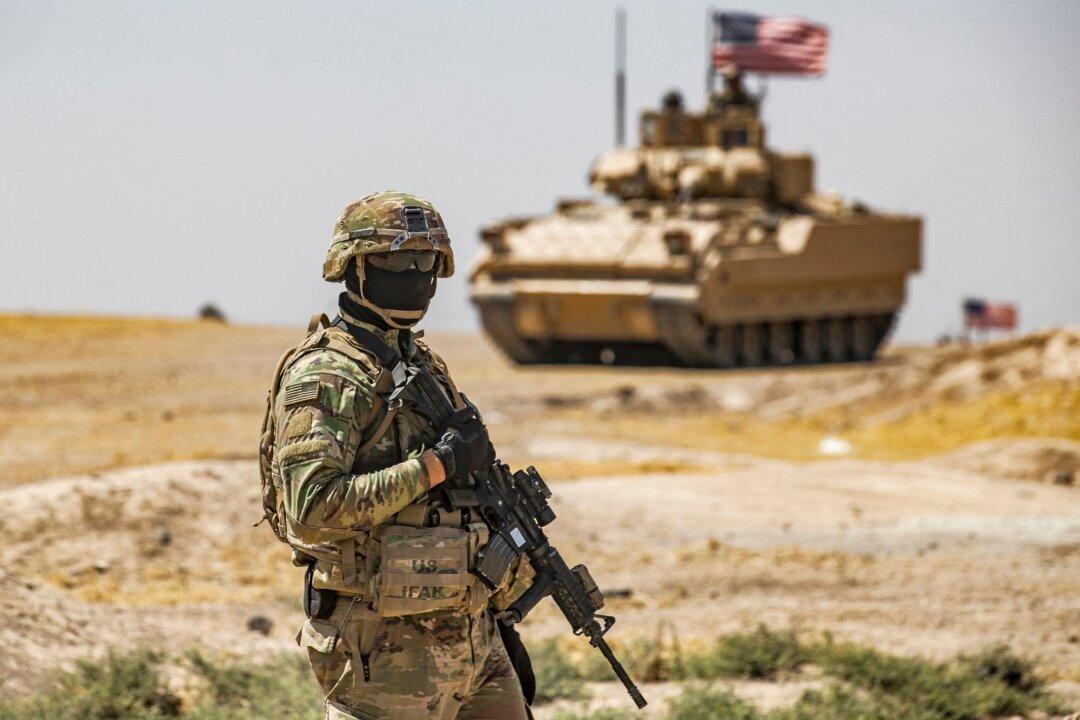Commentary
This article was spurred by a LinkedIn post I once read by Michelle “Mace” Curran, a former U.S. Air Force (USAF) Thunderbird pilot. In that post, she accurately describes the trust relationships between crew chiefs and pilots. She focuses on the fact that one reason for the trust was that she had the same jet and the same crew chiefs during her tour with the team. (BTW—that’s me in the pic with the sunglasses.)
